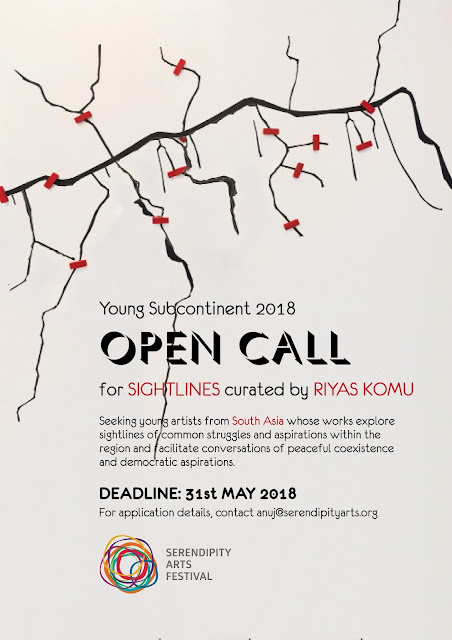Ganesha said, 'You must narrate without a pause.' This would ensure that what Vyasa dictated was not adulterated by human prejudice.
'I will,' said Vyasa, 'provided you write nothing unless it makes sense to you.' This ensured that all that was written appealed to the divine.
... Unfortunately, by the time Jaimini found Markandeya, the sage had renounced speech as a part of his decision to renounce the world.
'I will,' said Vyasa, 'provided you write nothing unless it makes sense to you.' This ensured that all that was written appealed to the divine.
Page xii
... Unfortunately, by the time Jaimini found Markandeya, the sage had renounced speech as a part of his decision to renounce the world.
Page xiii
Source: Pattnaik, Devdutt. 'Jaya - An illustrated retelling of the Mahabharata', Penguin books, New Delhi, 2010.
























